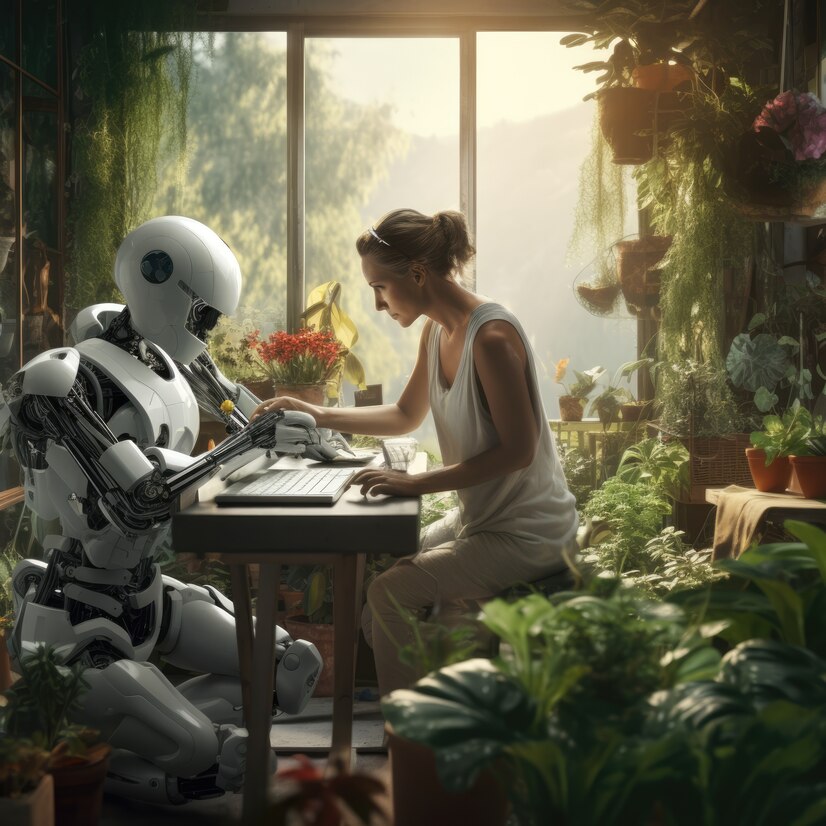
Technology has evolved faster than anyone could’ve imagined. What used to take hours of manual labor can now be completed in seconds with a few clicks—thanks to artificial intelligence. This shift from human to AI isn’t just a passing trend; it’s reshaping the way we live, work, and create.
In this article, we’ll explore how the world is moving from human-driven efforts to AI-powered solutions, what that transition means, and how we can adapt while still keeping the human touch alive.
What Does “Human to AI” Really Mean?
The phrase “human to AI” refers to the transition of tasks, roles, and decision-making from human beings to artificial intelligence systems. It doesn’t mean humans are being replaced entirely—it means we’re offloading certain responsibilities to machines that can do them faster, better, and more efficiently.
Why Are We Transitioning from Human to AI?
Speed and Efficiency
AI processes data and performs actions far quicker than humans. For businesses, this means less waiting and more doing.
Consistency
Unlike humans, AI doesn’t get tired or emotional. It delivers the same quality every time.
Cost Savings
Over time, automating tasks through AI reduces labor costs and overhead.
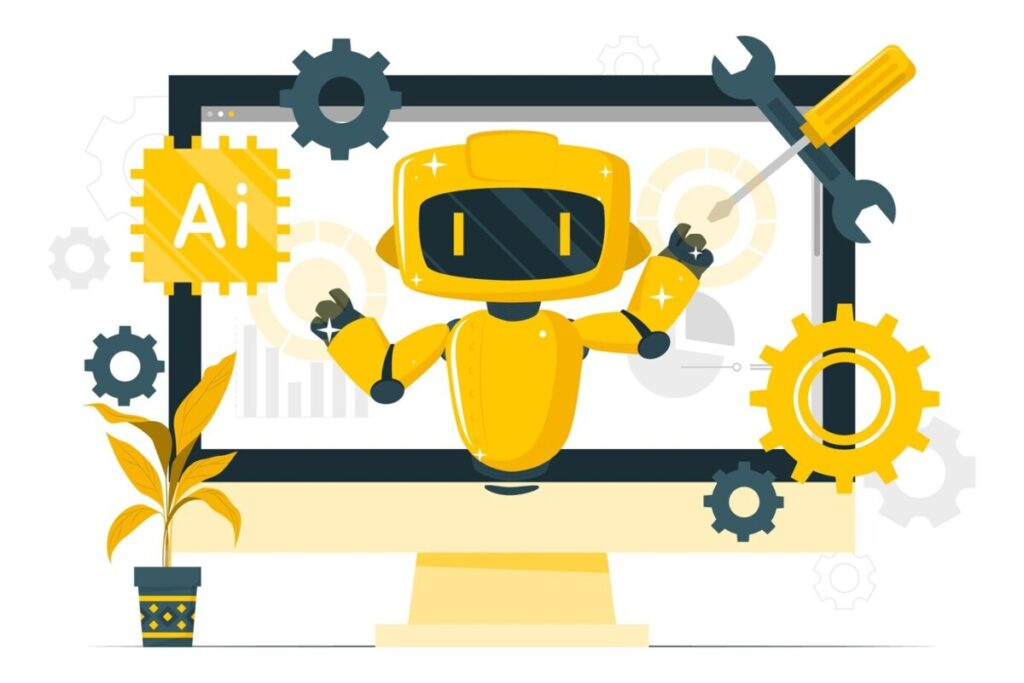
Industries Leading the Human to AI Shift
Healthcare
AI helps doctors with diagnoses, personalized treatments, and predictive analytics.
Finance
Banks use AI to detect fraud, automate customer service, and manage investments.
Retail
From AI-powered chatbots to personalized product recommendations, the shopping experience is becoming smarter.
Marketing
AI writes content, predicts trends, and analyzes customer behavior better than ever before.
Human to AI in Daily Life
Even if you don’t work in tech, chances are AI is already part of your routine:
Voice assistants like Siri or Alexa
AI filters in your photo apps
Personalized recommendations on Netflix or Spotify
Google Maps rerouting your trip in real-time
You’re living in a human to AI world without even realizing it.
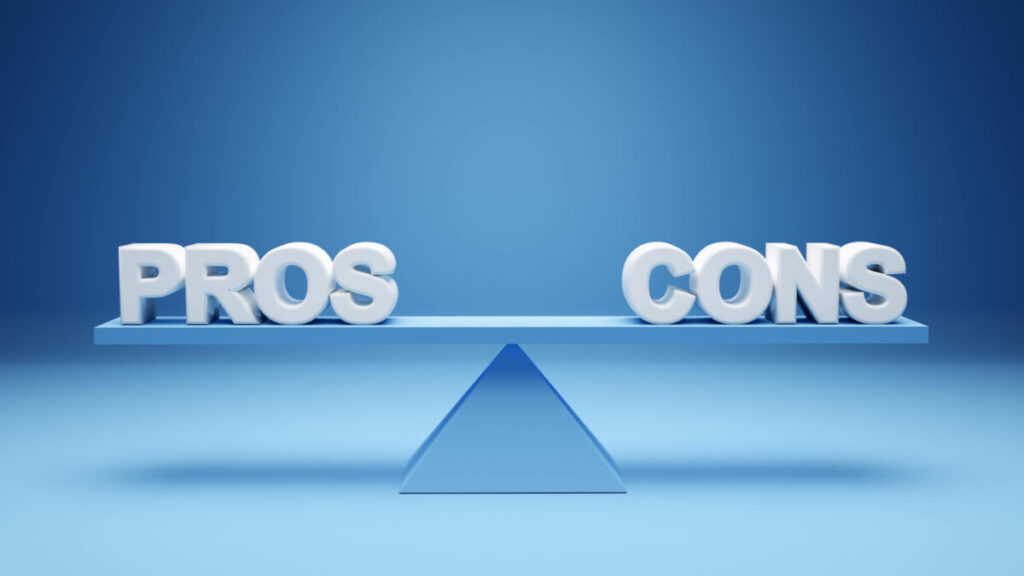
Pros and Cons of the Human to AI Transition
Pros:
- Better productivity
- Smarter decision-making
- 24/7 operation
- Personalized experiences
Cons:
- Job displacement
- Over-reliance on machines
- Data privacy concerns
- Loss of human interaction
The trick is finding a balance—letting AI handle what it does best, while humans focus on creativity, empathy, and strategy.
The Human Touch Still Matters
Even in an AI-driven world, emotional intelligence, creativity, and ethics are human-only traits (for now). A robot can recommend a song, but only a person can write lyrics that make you cry. That’s why human to AI doesn’t mean the end of human involvement—it’s more of a partnership.
How to Thrive in a Human to AI World
Upskill Yourself
Learn how to use AI tools rather than fear them. Understanding how they work gives you the upper hand.
Focus on Creativity
AI can mimic—but it can’t innovate like a human brain can.
Stay Ethical
Use AI responsibly. Data, privacy, and transparency matter now more than ever.
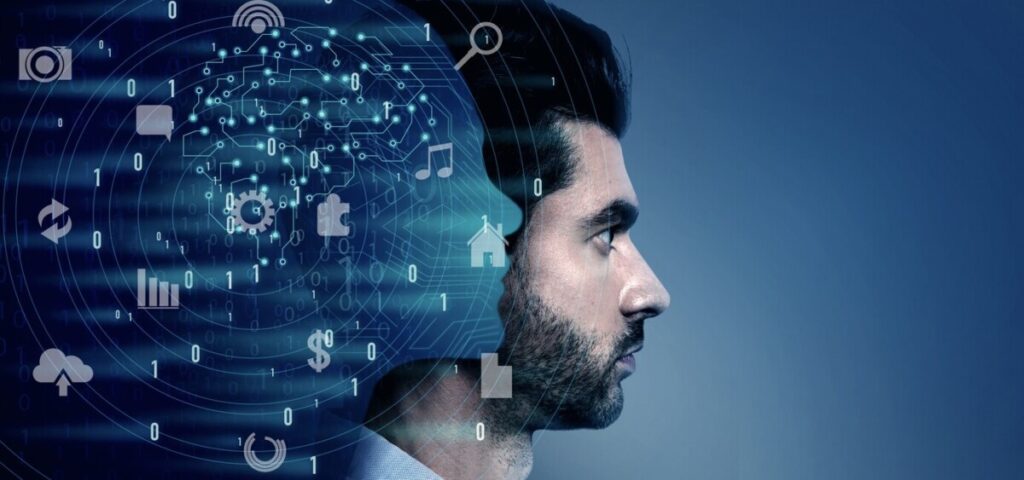
Tools That Support Human to AI Transition
ChatGPT / Bard / Claude: For idea generation and content drafting
Grammarly & Quillbot: AI-assisted writing tools
Canva Magic Write: Design and content creation
Zapier & Make: Automate workflows
Jasper AI: Marketing-focused content generation
These tools show how humans and AI can collaborate rather than compete.
Real-Life Example: Human to AI in Writing
Writers now use AI for brainstorming, editing, and even composing entire drafts. But the real value? The human editor who brings emotion, context, and authenticity into the final piece. That’s the perfect example of human to AI harmony.
Challenges in the Human to AI Shift
Bias in AI systems: AI learns from human data, which can include biases.
Lack of transparency: Not all AI tools reveal how they make decisions.
Skill gaps: Not everyone is trained to use or understand AI.
Solutions? Ethical development, regulation, and education.
Future Outlook: What’s Next?
We’re just getting started. From AI-driven customer support to autonomous vehicles, the future will see even more applications where humans pass the torch to AI systems.
But we’ll never completely phase out the human element. Empathy, creativity, and judgment will always require a human heart.
The move from human to AI is undeniable and unstoppable—but it doesn’t have to be scary. It’s not about replacement. It’s about reinforcement. Let AI take care of the mundane while you focus on what makes us truly human.
Adapt. Learn. Embrace the change—and make sure your voice still matters in a world full of algorithms.
FAQs About The Human to AI content
What does “human to AI” mean?
It refers to the transition of tasks from people to AI-powered systems to improve efficiency and productivity.
Is AI replacing all human jobs?
Not all. While some jobs may be automated, others will evolve. New roles will emerge that require human-AI collaboration.
How can I stay relevant in an AI-driven world?
Focus on skills that AI can’t replicate easily—like creativity, critical thinking, and emotional intelligence.
Is it ethical to use AI in creative work?
Yes, as long as it’s used transparently and responsibly, AI can be a powerful creative partner.
Will AI ever fully replace humans?
Unlikely. AI lacks human emotions, morals, and the capacity for original thought. It will assist—not replace—us.
